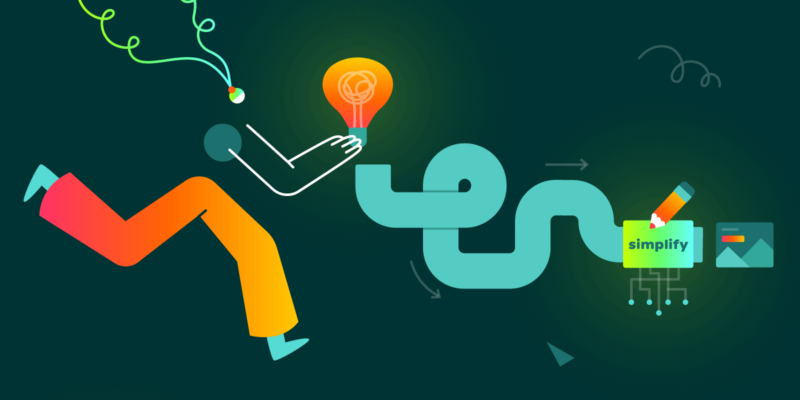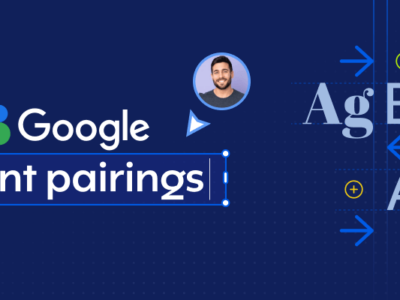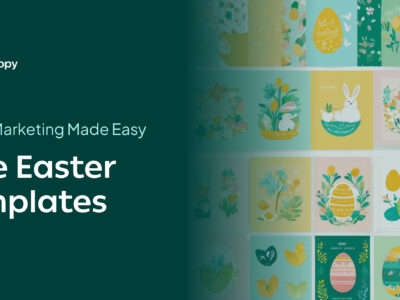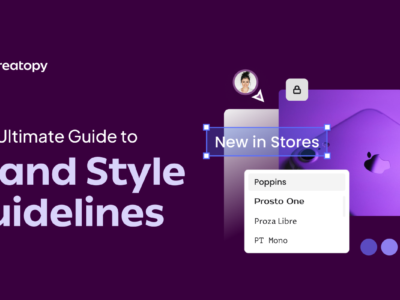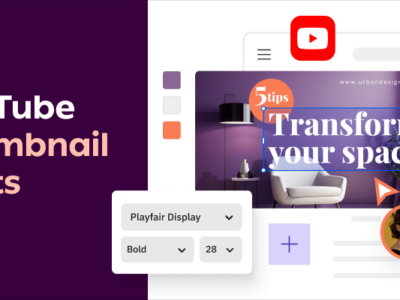You are reading this blog. The blog has a theme, which was made by a designer. You’re interested in finding more about Creatopy, so you go to our homepage. You notice the color palette, theme, and overall look that were put together by our designers.
In fact, everything you access from a digital device (apps, websites, etc.) is part of the digital design field and is made to look that way by a digital designer.
But you surely hear many job titles out there related to design, and it may get confusing when you need to define what digital design is and who is the person in charge of it.
So let’s start with that.
A. What Is Digital Design?
Digital design is the broad term referring to any type of visual communication rendered through a digital interface that a user can interact with. Therefore, digital design relies on aspects such as interactivity, user experience, and adaptability to different screen sizes.
Digital design is part of digital product design, as it focuses on building the visual aspect of a product via software.
Now, you may say this can be done by a graphic designer, too. While that can be true, there is a difference between digital and graphic design.
B. Digital Design vs. Graphic Design
The easiest way to differentiate these two is by thinking about the mediums they work with.
While digital design refers to content placed on digital interfaces, graphic design is mostly for print, but it can be encountered on digital devices too.
To understand it even better, a graphic designer creates visuals such as logos, infographics, advertising materials, or other assets that are meant to inform visually.
Digital designers manufacture digital experiences for different interfaces so that people can interact with them. When creating these visuals, digital designers consider some more technical aspects such as wireframing or user testing.
But you are right if you thought that these two overlap in many cases. Digital designers must have the required skills to create digital graphic design, such as typography or page layouts. On the other hand, graphic designers work with both digital and print media. In other words, they have to think about their design to be both digital and print compliant.
This means that both roles have to know about the currently necessary design tools and basic knowledge of color theory and typography.
Because we’re focusing on digital design today, let’s narrow down what a digital designer usually does.
1. What does a digital designer do?
Like I said before, a digital designer creates visual content for websites, apps, social media, and other platforms.
We can safely say that digital design focuses on users.
This is why a digital designer has to first understand what users want and value, then deliver a combination of great UI and UX.
Creating a digital design that offers a complex solution in an easy way will help customers understand how the product works,
So, what can and should a designer focus on?
- Delivering simplified solutions to brand requirements
A digital designer has to understand the concept behind a brand requirement. This means they have to turn an idea into a visual that will deliver what the brand and users expect. Because a digital designer works closely with cross-functional teams, collaboration in design is highly necessary.
Everything starts with an idea. Then the development team works with the design and marketing team until implementation. Only in this way, a concept will turn out to be what the company wants.
Digital designers always find ways to simplify because the focus is on the users, so they can explore everything fast and easy.
- Creating on-brand design
The design they create has to be user-friendly, but it has to be compliant with the brand’s personality. This means that a designer’s concept has to be built around the brand, not vice-versa.
Suppose your company has already decided on the aesthetics, and you’re working with a designer outside your company. In that case, you can create a brand kit in Creatopy, then share it with your digital designer to be sure everything is brand aligned.
- Testing different design variants
A professional designer has to be prepared with different solutions and variants for what a brand asks. Just like in advertising, A/B testing is recommended in digital design, as well.
See what people respond to better and make sure that version is the one that stays.
2. Digital design and its development
Digital designs are different from graphic designs also in terms of processes. The creative part and the concept are made by designers, while their implementation is done through coding by a development team.
Digital designers coordinate the visual aspect of the product. When they need feedback from other teams or the client, they deliver their work in an offline mockup through Photoshop or Figma.
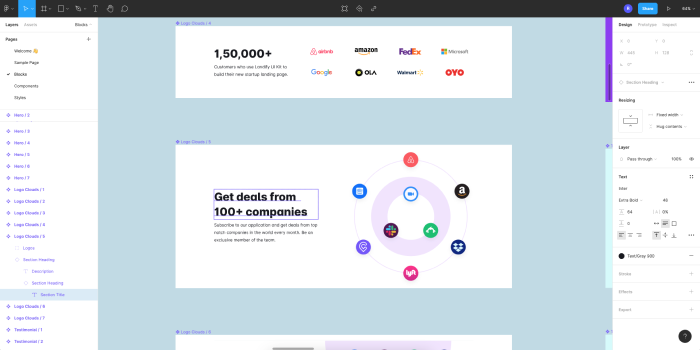
Developers use coding to turn the final draft of the mockup into a functional digital design.
This means designers don’t really have to know a coding language because they can work with other teams. But some digital designers do know a bit about front-end development.
C. Types of Digital Design
Just as digital graphic design has a multitude of encompassing visuals, there are a variety of interfaces that enter under the digital design umbrella.
Let’s see the most popular ones.
1. Web design
A business cannot operate without a website these days, making web design a crucial part of the digital world. Having a website is extremely important as it can hold the image and essence of a brand, but also important information.
It’s also the place where people buy products or use the website for the services it has to offer. That’s why businesses follow UX/UI design tips to not just attract visitors but to convert them into customers.
Here’s an example of a website that is alluring through the way it moves when you scroll.
2. Landing page design
Landing page design is as important as the homepage design. Landing pages are standalone pages focused on a particular product or service, making room for more information about the product or service in question.
A business usually has more than one landing page, so the digital designers have to ensure that all of them adhere to the same aesthetics.
Creatopy has various landing pages, targeting specific features on each one. Nevertheless, the style is the same throughout all of them.
Snapshot from Creatopy’s banner creator
3. App design
An app can be designed for mobile or desktop (or both) to focus on performing a certain action. It can be used for shopping, music, scheduling, or other functions.
When creating an app, a digital designer has to think about the app icons too. This is an important aspect as the icon will be the app’s image in the app store. Because creating a logo is a completely different task, it can be created by a graphic designer.
Spotify is a good example of a well-made app for both desktop and mobile.
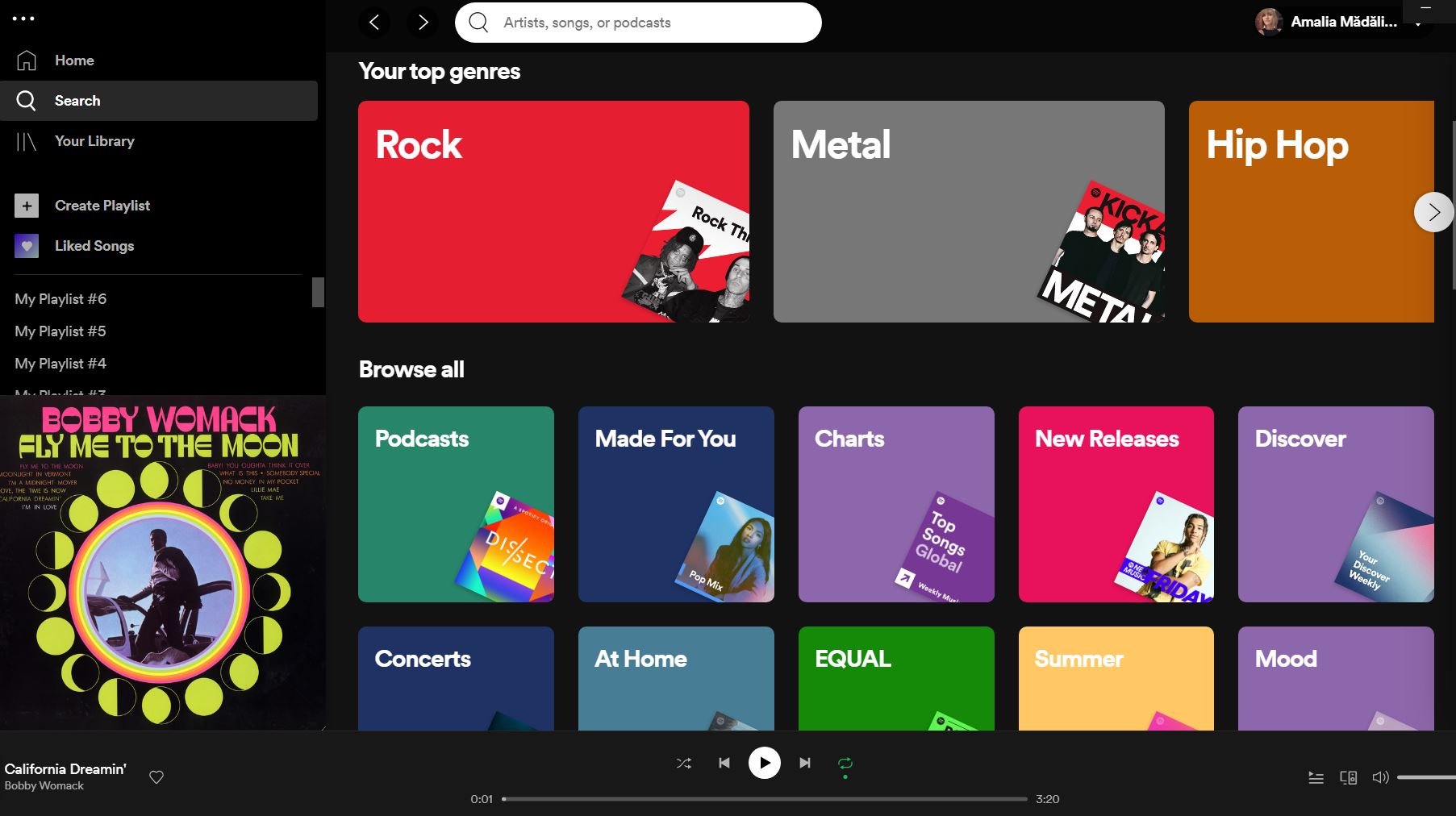
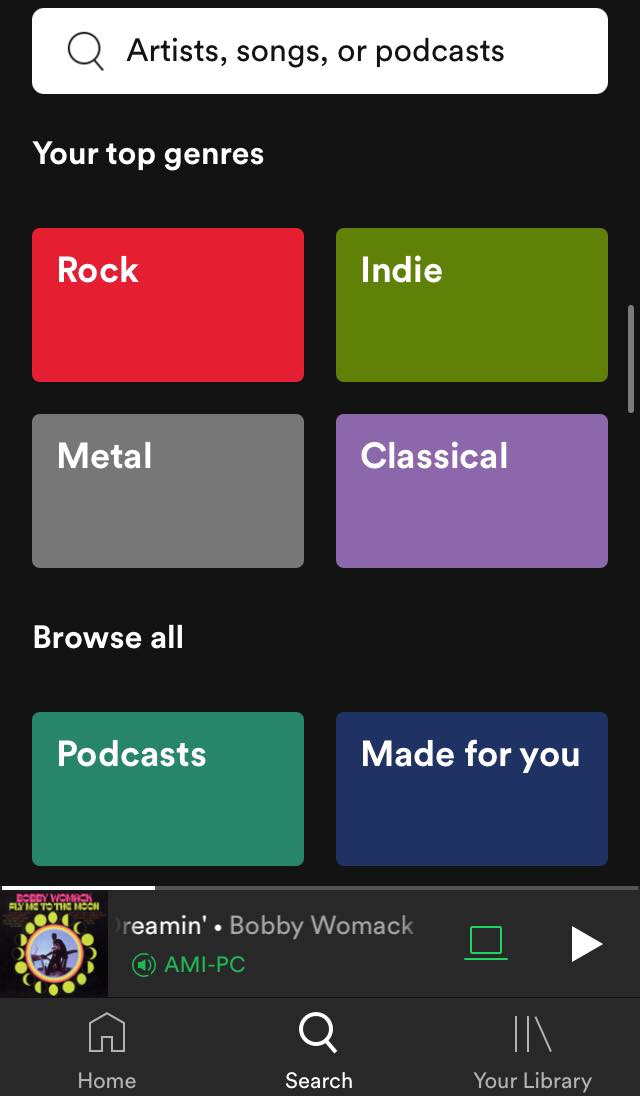
4. Banner ads
Banner ads are meant to increase brand awareness and ultimately sell a product or service. A digital banner design is the equivalent of a billboard or other print materials. They can be static or animated, but either way, these ads take the users to a landing page.
This digital banner design ad from Philips shows the different colors available for the toothbrush, and it highlights them through a subtle animation.
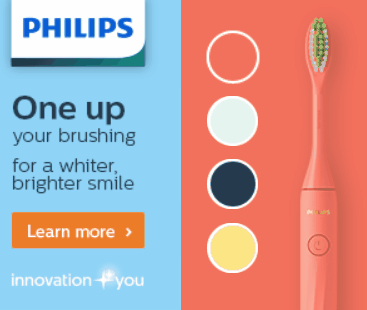
5. 3D design
3D designs are often used for video games or movies, but brands can showcase a product through a 3D design and make an animated presentation. This is a form of digital art design since you can create entire story animations this way.
Take this example from Zoox. They’re presenting the car’s concept with the help of 3D images, which truly look like digital art design.
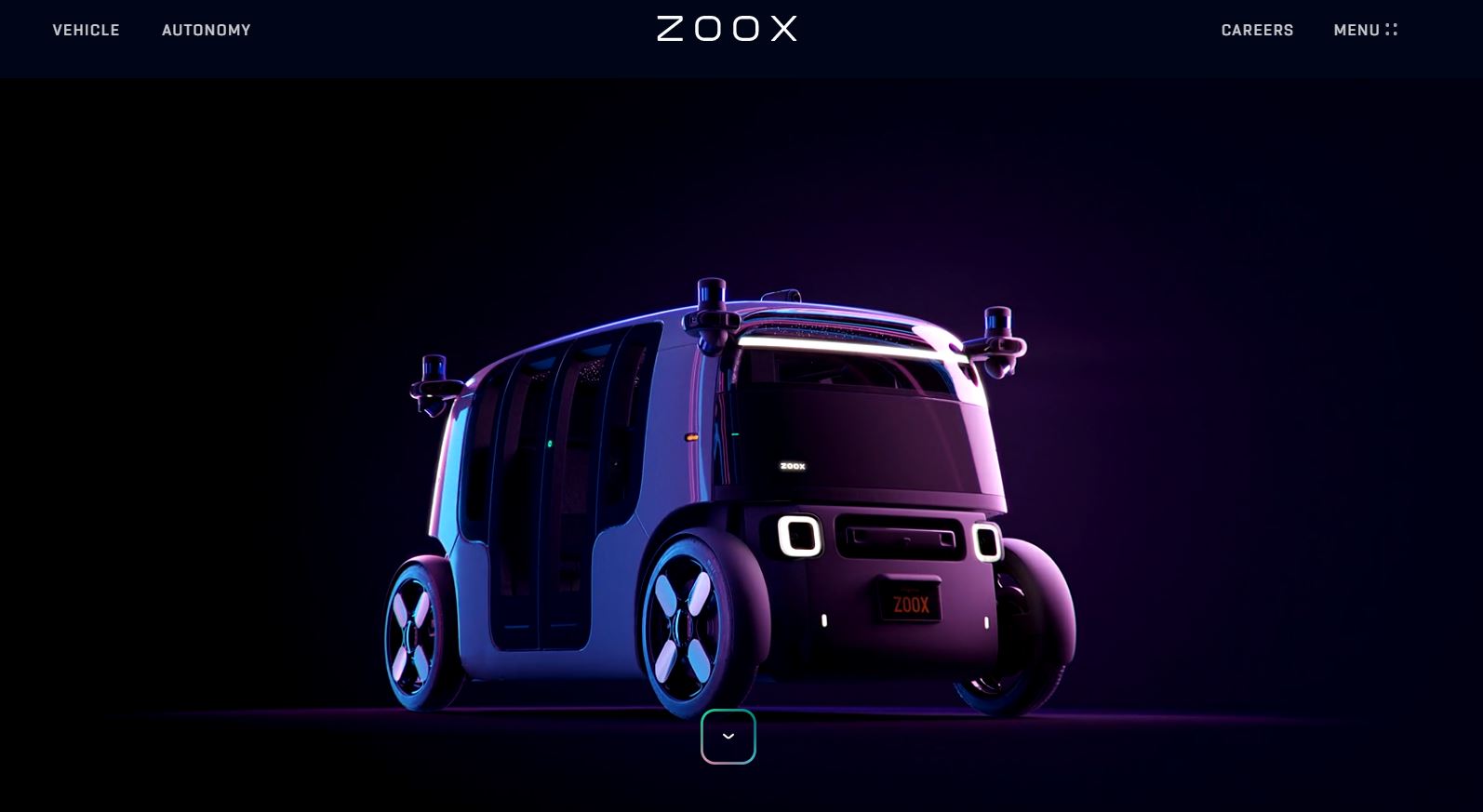
6. Ebooks
Brands often create ebooks to share with their audience, and for all the visuals included in them, there’s a digital designer behind that.
So, next time you read an ebook and swipe the pages, know that a digital designer worked on it.
A digital designer can create other designs that require interactive and engaging graphics. They can make a visual dynamic that is otherwise meant to be static. Think infographics or PowerPoint presentations.
D. Types of Digital Designers
There are digital designers that will probably create everything mentioned above. But some of them are specialized in a specific field from the vast world of digital design.
First off, you need to understand what type of digital creation you need, then search for the right designer.
They can be:
- Graphic designers. Even if we talk about digital design, there are areas where a graphic designer will help you, such as the art direction, colors, typography, icons, and illustrations.
- Web designers. They will create the layout for your website and landing pages for devices such as desktop, mobile, tablet.
- App designers. They take care of the visual design of an app, taking into account the UX part too.
- UX designers. The intersection of a design between usability and user research is done by UX designers.
- UI designers. They focus on the consistency and look of the interface and other fields with which a user can interact.
- Digital product designers. They decide on how the digital product design should work, considering the user experience.
- Interaction designers. Whenever a user clicks or interacts with a page, they receive a response to their action. Interaction designers make those responses.
- Animators. As the name says, animators create animations. The difference between them and the interaction designers is that animators make hand-drawn visuals.
E. What Makes a Great Digital Design?
A great design meets more than one criteria. It has to look good and be user-friendly while keeping the brand’s aesthetics. Besides, it has to keep consistency when it comes to colors, typography, and imagery while being simple and functional.
So, how can you spot a successful design?
1. It’s alluring
A beautiful and functional design will draw attention. This is the first step. A well-made design will make users believe it’s from a professional brand that deserves their respect.
2. It’s user-friendly
Before working on your design or collaborating with a digital designer, you have to perform an in-depth analysis of your target audience. See what they like, what they don’t, and what solutions you can bring that other digital designs aren’t.
3. It’s readable & accessible
Users consume content on different devices, and a good digital design has to ensure readability for every type of device.
In order to comply with this aspect, a design has to follow a pleasant visual hierarchy and have enough white space that allows every element to be visible.
It also has to take into account accessibility so that it will include every type of consumer.
Because digital design is mainly for interacting with, not necessarily to be read, these two aspects are essential.
4. It’s interactive
Now, all the previously mentioned points take us to this one. A well-optimized, captivating and readable design will convince people it’s worth scrolling through and interacting with.
If you manage to acquire this part of a digital design, you’re ensuring people stay on your platform or app long enough to discover your brand.
5. It’s performing well
If you’re using a digital design for marketing purposes, once you finish creating it, you’ll also have to verify the numbers that indicate how your audience received it.
That is why analytics are an important part of determining if a digital marketing design is good or not. They show you a clear indication of how the product/service is performing.
According to each type of digital design, check out for likes, shares, downloads, time spent on the page, and see how effective your digital marketing design really is.
Conclusion
Digital design is a vital aspect of every brand. In other words, your company has to have an online presence in order to function and thrive. And this cannot be done without great digital design that is meant to inspire, attract consumers, and make them stay.
Standing out visually can be a difficult task in the crowded digital world, but an eye-catching and interactive design can go a long way.
On the other hand, if you’re interested in learning or perfecting your digital design skills, there’s always the option of starting a digital design course.
While some schools offer general digital designing courses, you’ll mostly find schools that divide digital design into separate labels. Therefore, you’ll have to search and set your learning on more specific terms like graphic design, web design, or UX/UI design, just like we’ve seen before in their classification.

